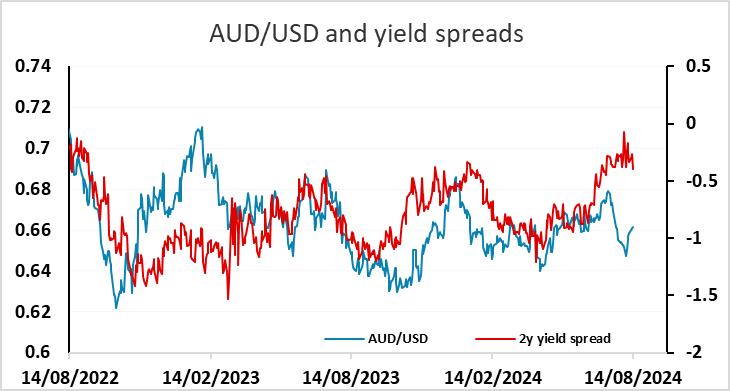FX Daily Strategy: APAC, August 15th
US retail sales may keep downward pressure on the USD
GBP to remain supported by strong UK growth numbers
JPY unlikely to be much affected by Japanese GDP
AUD still has upside scope if Australian employment data maintains recent trends
US retail sales may keep downward pressure on the USD
GBP to remain supported by strong UK growth numbers
JPY unlikely to be much affected by Japanese GDP
AUD still has upside scope if Australian employment data maintains recent trends
Thursday is a busy day for data, with US retail sales and industrial production, the Philly Fed and NY Empire manufacturing surveys and the usual jobless claims numbers. On top of that, there is GDP data from Japan and the UK and labour market data from Australia.
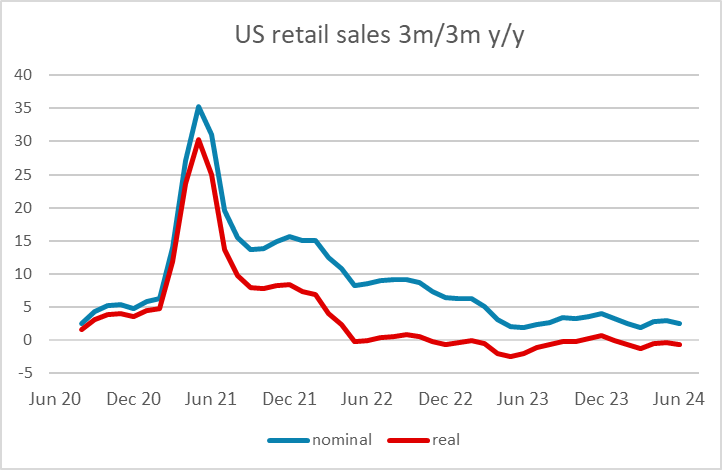
The US retail sales data is unlikely to make any real difference to Fed policy, as the trend has been very steady for a long time, especially in real terms, and it would take a big deviation this month to significantly impact the trend. However, the market is sensitive to any sign of slowdown, so our forecasts could prove mildly negative for the USD and risk sentiment, as they are modestly below consensus. We expect a 0.2% increase in July retail sales after a flat June, but 0.2% declines both ex autos and ex autos and gasoline. The Philly Fed survey has been showing some improvement of late, but the consensus expects a drop back after strong July numbers, while the Empire numbers are expected to be relatively steady in what has been a choppy series. The data may therefore be slightly on the USD negative side.
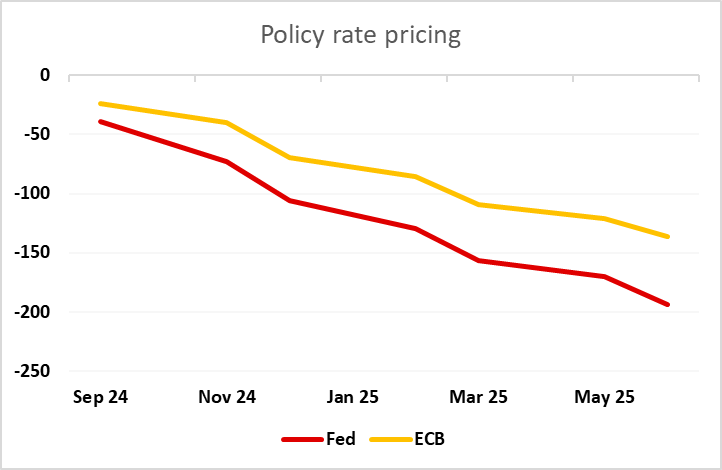
However, with the USD softer this week and the market already pricing in a 45% chance of a 50bp Fed cut in September, there is a fair bit of negative news already priced in, so the risks may be shifting towards stronger data being more USD positive. Unless we see significantly weaker data and/or weakness in equities, it is hard to see the Fed cutting 50bps in September. The closer we get to the September meeting without renewed equity market weakness or clearly weak data, the harder it will be for the market to continue to price a high risk of a 50bp rate cut.
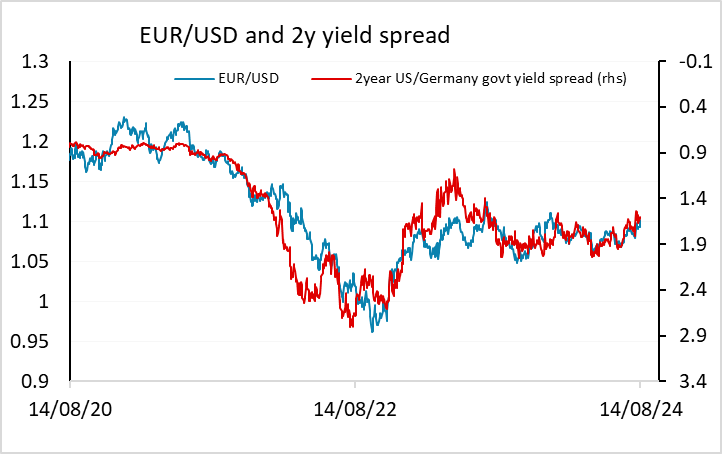
The Japanese GDP data doesn’t typically have a big impact on the JPY, which is generally driven more by yield moves elsewhere and general risk sentiment. The market expects a strong bounce in Q2 GDP of 0.6% q/q after a 0.5% q/q decline in Q1. The outcome could impact market expectations of BoJ policy, but most of the movement in yield spreads is made outside Japan. After the Q1 decline, the market might take more notice of weak than strong numbers, but with only 6bps of easing priced by year end, JPY reaction is likely to be modest.
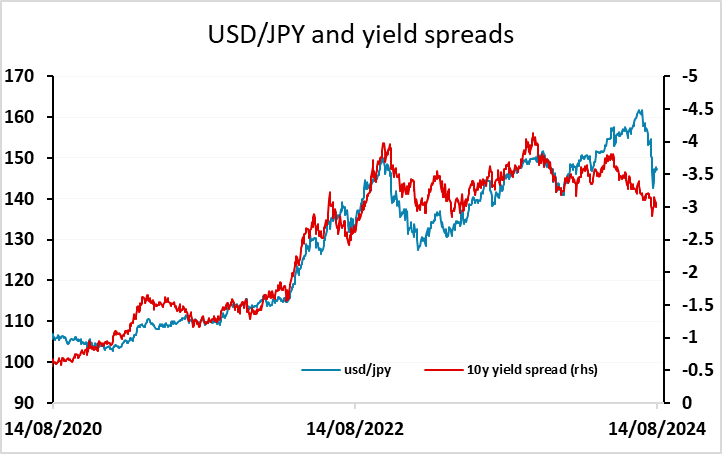
There is more scope for reaction to UK GDP data. Amid weaker retail sales, property transactions and car production data, we see a 0.1% m/m decline in the monthly June GDP data. But this will still leave Q2 GDP numbers (released alongside the monthly data) showing a 0.6% q/q rise after the 0.7% gain in Q1. This is in line with consensus, and underlines that UK growth has been much stronger than expected in H1. EUR/GBP rose on Wednesday after softer than expected CPI data, but these numbers should emphasise that the BoE is unlikely to be in a hurry to cut rates aggressively, and prevent a EUR/GBP move back above 0.86.
Clearer UK Recovery But Consumer Likely to Grow Slower?
Clearer Recovery But Consumer Likely to Grow Slower?
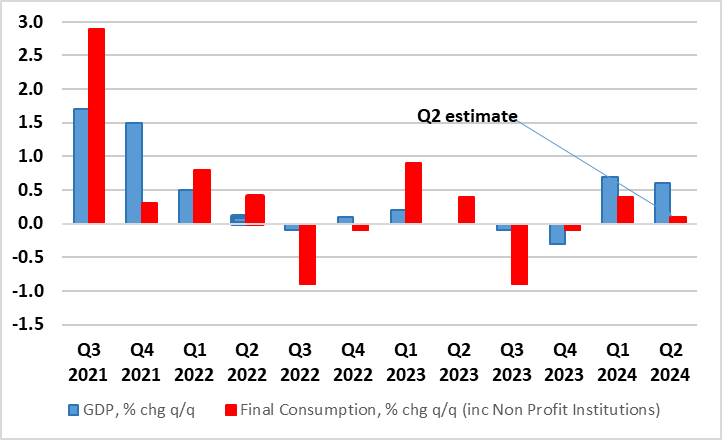
Source: ONS, CE
Finally, the Australian employment data is expected to show around a 20k rise on the month, which will maintain the broadly steady trend seen in the last few years. A long as the unemployment rate is also as expected and holds at 4.1%, this should maintain the more positive AUD tone seen in the last few sessions. Yield spreads still support further AUD gains provided that the risk picture remains calm.
